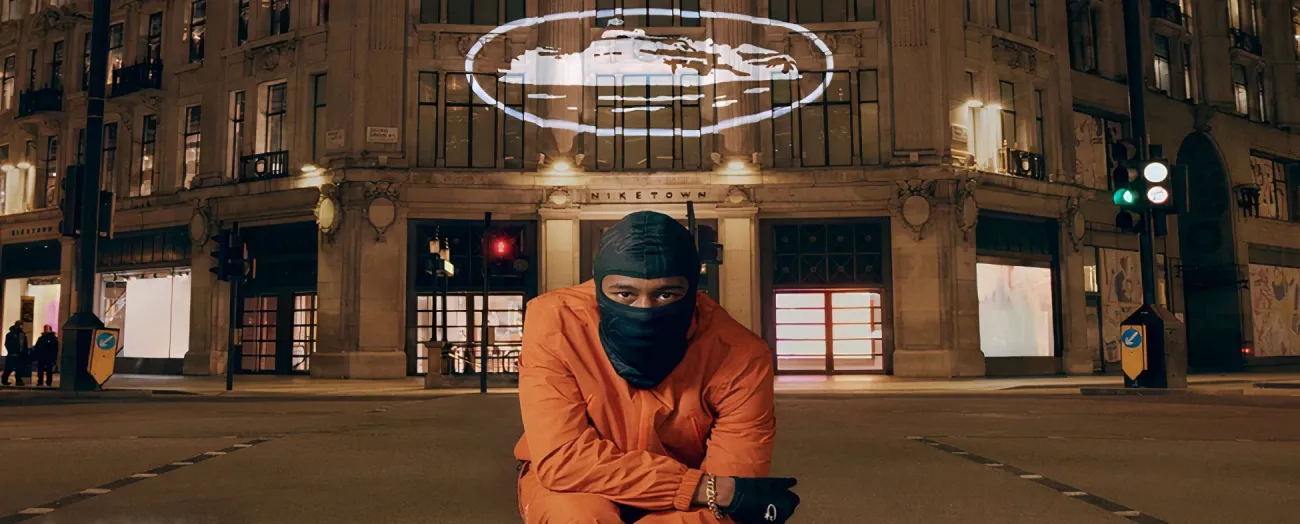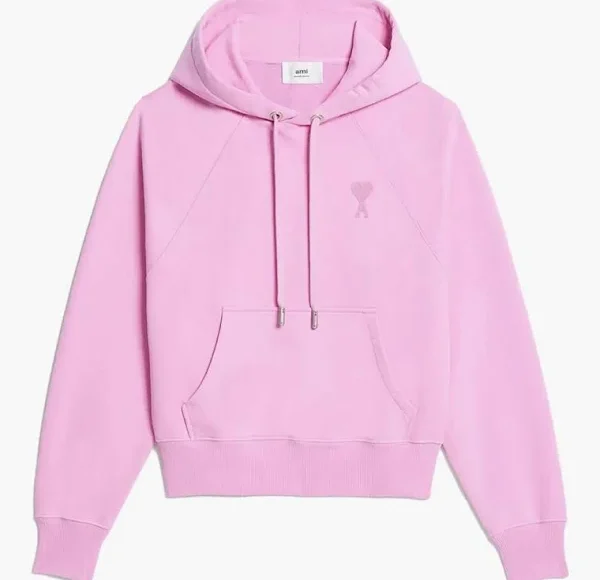In a landscape dominated by mass production, celebrity endorsements, and social media saturation, one brand has managed to carve out a kingdom from the shadows—Corteiz. Known by its stylized moniker CRTZ, the brand isn’t just a streetwear label; it’s a subcultural powerhouse. With a defiant tone and a code that only its insiders truly understand, Corteiz has become more than fashion—it’s a movement.
There are no traditional rules when it comes to Corteiz. No billboards. No glossy ads. No public-facing founder interviews every few months. Instead, there’s a raw energy that flows through the streets, passed from hand to hand, hoodie to hoodie. It’s in the code. And for those who know, nothing else compares.
Origins in Rebellion
Founded in 2017 by Clint Ogbenna, known as Clint419, Corteiz was born from a deep frustration with how fashion was being distributed and represented. Growing up in West London, Clint witnessed the disparity between what working-class youth wanted to wear and what brands were willing to offer them. Mainstream fashion didn’t speak the language of the streets—and when it tried, it came off forced and performative.
Clint didn’t wait for permission. He started CRTZ with one goal: to build something real, by the culture and for the culture. From the start, the label positioned itself as anti-establishment. The now-iconic Alcatraz logo, depicting a prison watchtower, speaks volumes—freedom, resistance, and power reclaimed from confinement. Corteiz wasn’t just making clothes; it was creating an ideology.
The Code Is Loyalty
Corteiz doesn’t advertise. It recruits. It tests you. From its earliest days, the brand was accessible only through cryptic password-protected drops. You didn’t just stumble across Corteiz—you earned your way in.
This exclusivity created a kind of modern mythology around the brand. Each drop is an event, often announced with vague hints or quick flashes on Clint’s Instagram. The website gets locked. Passwords are whispered. Forums explode. Within minutes, it’s all sold out. The hype is real, but it’s not manufactured—it’s earned through community, not clout.
Corteiz Clothing operates on loyalty. If you’re in, you’re in. If you hesitate, you miss out. It’s a system that rewards awareness, not affluence.
Streetwear as Storytelling
Corteiz’s appeal goes far beyond fabric. Every piece tells a story—about struggle, identity, and resistance. Hoodies, cargos, and puffers become uniforms in a silent rebellion, stitched with symbols of defiance. The phrase “Rule The World” is more than a slogan. It’s a challenge. A mission statement.
What makes CRTZ especially powerful is how it infuses local energy with global impact. It feels London to the core—gritty, unapologetic, grounded—but speaks to youth worldwide who recognize the same codes in their own cities. Whether you’re in Lagos, New York, or Paris, the Corteiz language is universal: respect the streets, respect the culture.
Guerilla Tactics & Viral Moments
Corteiz’s rise is full of unconventional stunts that blurred the lines between fashion, performance art, and social commentary. Perhaps the most talked-about was the Bolo Exchange: a now-legendary event where fans could trade their designer jackets—Moncler, North Face, Canada Goose—for a Corteiz “Bolo” puffer. High-end coats were left in a pile on the pavement, replaced with a Corteiz original. It was part protest, part power play.
Another viral moment came with the pop-up drops known as runners. Fans were led through city streets—sometimes running, literally—toward secret locations to claim Corteiz gear. These stunts turned urban spaces into playgrounds, with the brand’s signature energy pulsing through the crowd. It wasn’t about selling clothes. It was about owning the moment.
This approach created a sense of living history around the brand. Every Corteiz event became a story told and retold online and offline. It made fashion feel alive again.
Community First, Always
One of the most consistent themes in Corteiz’s rise is its community-first ethos. Unlike most labels that scale by widening their audience, Corteiz has grown by deepening its roots. From its earliest supporters to first-time buyers, the brand makes everyone feel like a part of something bigger than just clothes.
Clint, despite being notoriously media-shy, maintains a visible online presence—dropping cryptic messages, reposting fan-made content, and responding directly to supporters. It’s rare to see a founder so in tune with their base while maintaining mystery. But that’s Corteiz’s magic: it feels close, even when it’s distant.
Corteiz has also made a point of showcasing models and ambassadors that reflect real communities—often using friends and fans rather than conventional fashion talent. It celebrates authenticity, not aspiration. That honesty resonates with a generation that’s grown tired of curated perfection.
Global Reach, Local Roots
While rooted in London, Corteiz has steadily expanded its influence. International drops have taken place in cities like Paris, New York, and Lagos—each event tailored to reflect the local culture while carrying Corteiz’s unmistakable DNA. The Lagos pop-up, in particular, was a powerful nod to Clint’s Nigerian heritage and an assertion that Black British identity is a bridge, not a border.
Still, despite the global attention, Corteiz refuses to play the game of retail expansion. There are no flagship stores. No department store partnerships. No watered-down capsule lines. It continues to drop on its own terms—scarce, sudden, and sacred.
Not Just a Brand, a Movement
In many ways, Corteiz isn’t selling fashion—it’s selling identity. It gives its wearers something to belong to in a world that often denies that feeling. It’s not about fitting in. It’s about standing for something.
This power hasn’t gone unnoticed. Artists like Central Cee, Dave, and Jorja Smith have been spotted in CRTZ gear. Even Drake has donned the brand. Yet none of these co-signs feel forced. The Corteiz mystique is strong enough that people come to it, not the other way around.
And that’s the final truth about the Corteiz code: it can’t be bought, only earned. You can’t fake the connection. You either feel it, or you don’t.
The Future, Written in Ink and Grit
As Corteiz continues to grow, the challenge will be maintaining its edge while scaling its vision. But if history is any indicator, Clint and his team will find a way. Their playbook isn’t written in the boardrooms—it’s written in alleyways, on the backs of kids running through city streets, in the lyrics of UK drill tracks, and in the stories of young people refusing to be ignored.















Leave a comment